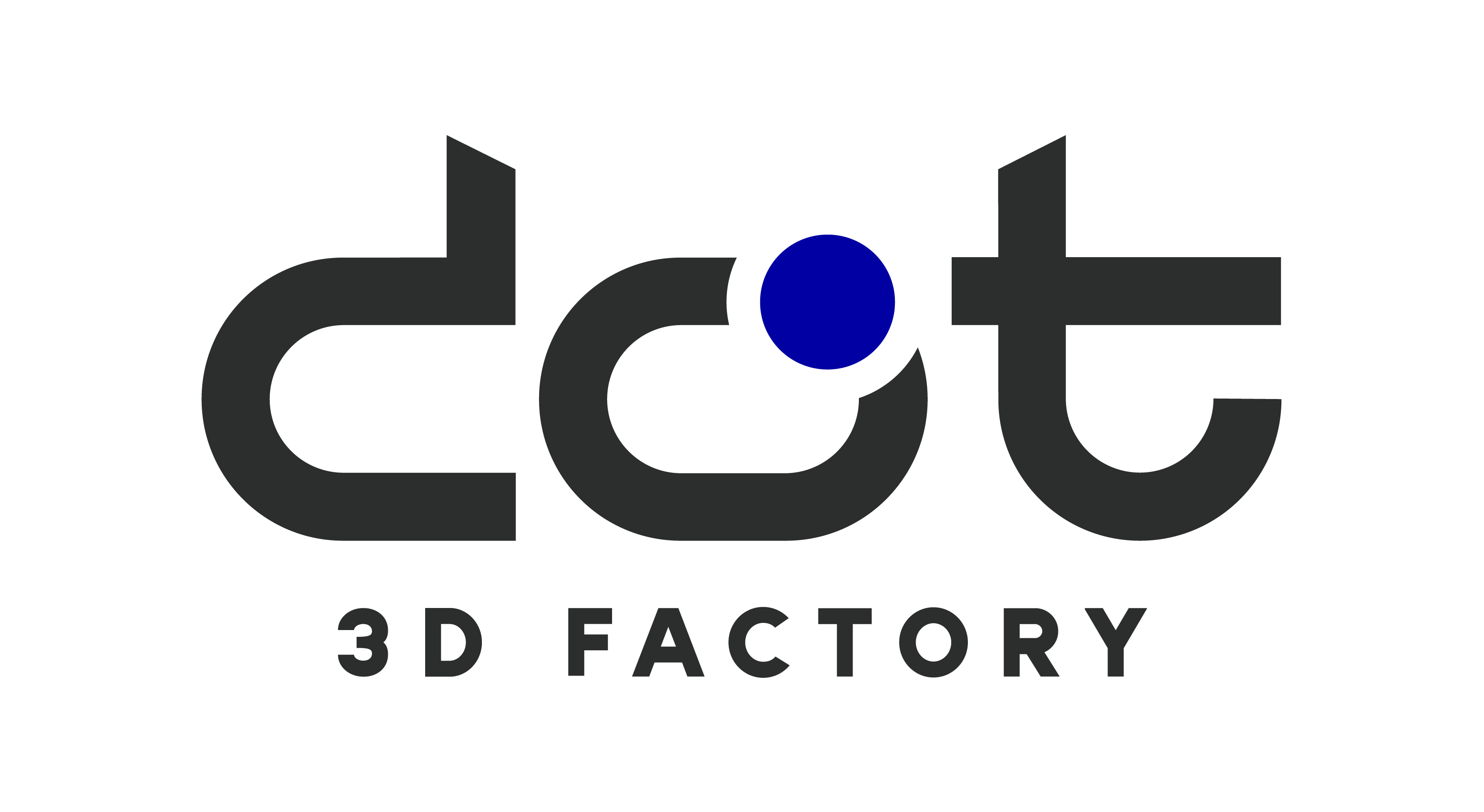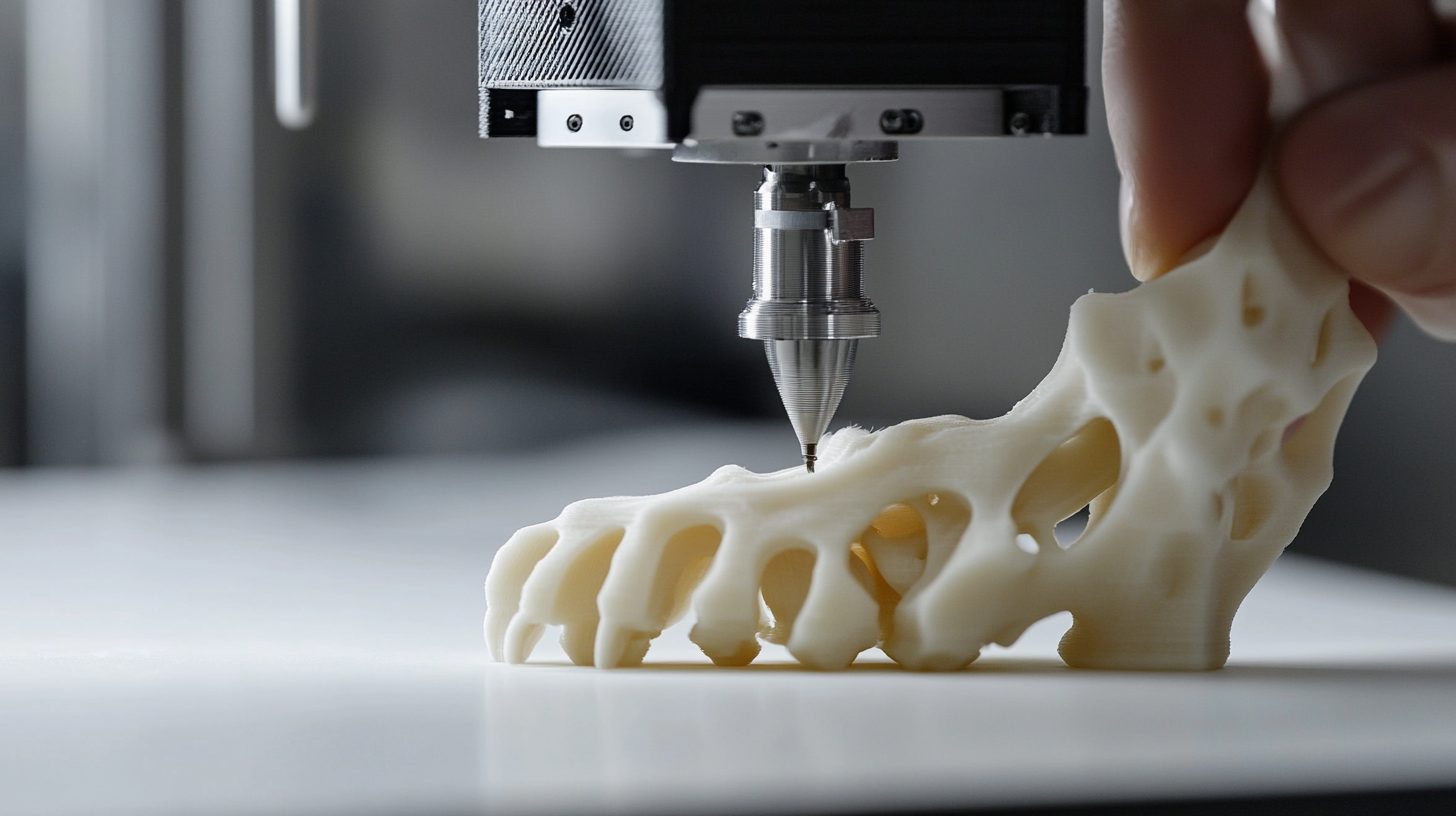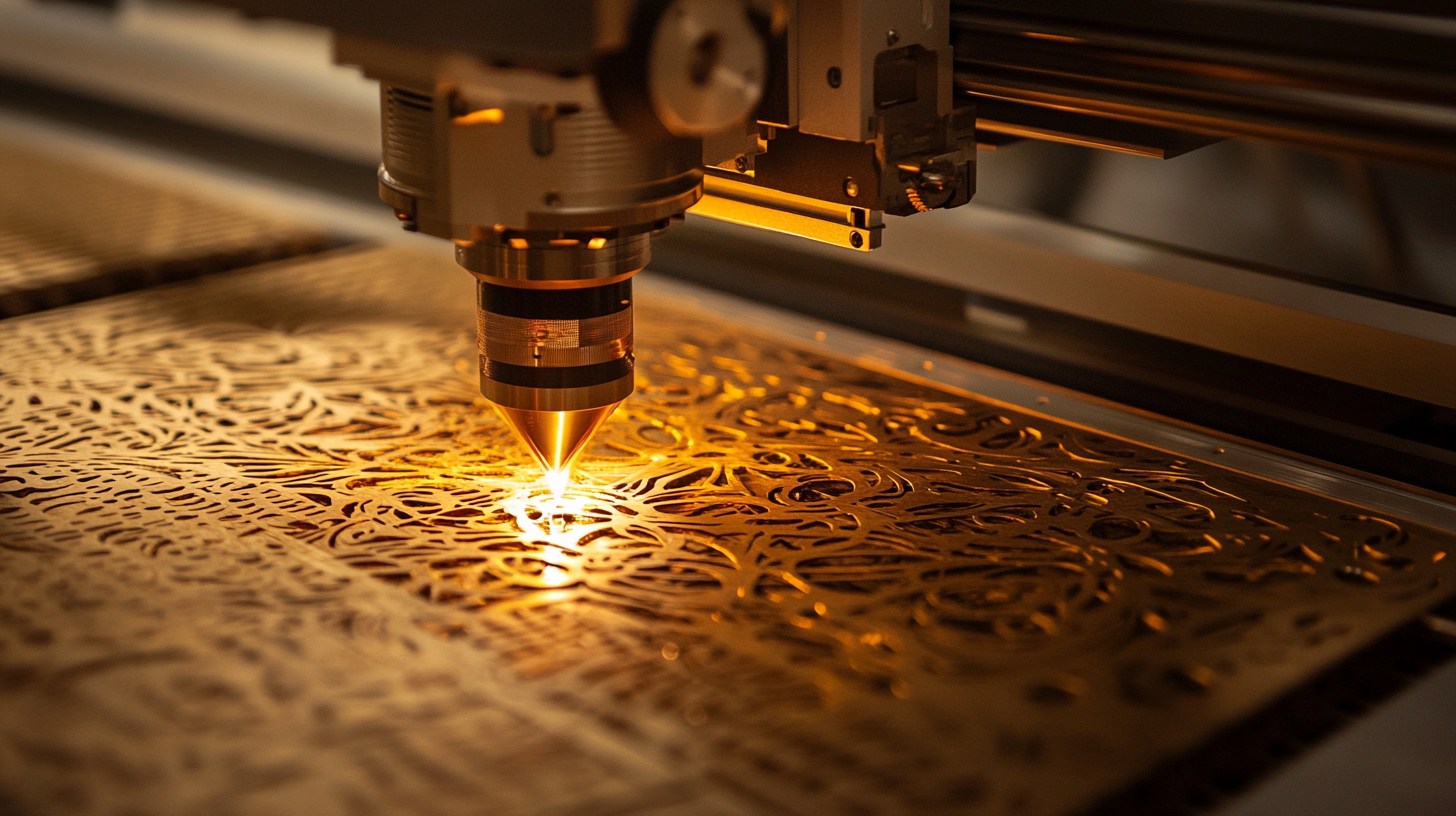3D printing technology is transforming the lives of dogs with mobility challenges by providing custom-made, affordable, and innovative prosthetic solutions. This post explores how this cutting-edge technology is helping our canine companions regain their freedom and live happier, healthier lives.
Why 3D Printing for Dog Prosthetics?
Traditional prosthetic manufacturing for dogs is often expensive, time-consuming, and limited in customization. 3D printing addresses these challenges by offering:
- Custom Fit: Each prosthetic is tailored to the dog's unique anatomy, ensuring comfort and functionality.
- Cost-Effectiveness: 3D printing reduces production costs, making prosthetics more accessible to pet owners.
- Rapid Production: Designs can be created and printed in days, allowing dogs to receive help quickly.
- Lightweight Materials: Advanced materials like PLA or TPU provide durability without adding unnecessary weight.
- Iterative Design: Adjustments can be made easily to improve fit and performance based on the dog's needs.
Real-World Impact
3D-printed prosthetics have helped dogs with missing limbs, congenital deformities, or injuries. For example:
- Derrick the Tripod: A three-legged rescue dog received a custom 3D-printed prosthetic leg, allowing him to run and play again. His prosthetic was designed using scans of his body for a perfect fit.
- Shelter Success Stories: Animal shelters collaborate with 3D printing communities to create affordable prosthetics, helping disabled dogs find forever homes.
- Adjustable Designs: Puppies, who grow quickly, benefit from prosthetics that can be reprinted or adjusted as they develop.
How It Works
- Scanning and Modeling: A 3D scan or mold of the dog’s limb is taken to create a digital model.
- Design Customization: Software like CAD is used to design a prosthetic that matches the dog’s size, weight, and mobility needs.
- Printing: The prosthetic is printed using biocompatible materials, often with flexible components for comfort.
- Fitting and Testing: The prosthetic is fitted, and adjustments are made to ensure proper alignment and function.
Benefits for Dogs and Owners
- Improved Mobility: Dogs regain the ability to walk, run, and play, enhancing their quality of life.
- Reduced Pain: Properly fitted prosthetics alleviate strain on remaining limbs or joints.
- Emotional Well-Being: Active dogs are happier, and owners feel empowered to support their pets.
- Community Support: Open-source 3D printing communities share designs, making prosthetics even more accessible.
Looking Ahead
As 3D printing technology advances, we can expect even more innovative solutions, such as:
- Smart Prosthetics: Embedded sensors to monitor pressure and fit.
- Sustainable Materials: Eco-friendly, biodegradable options for prosthetics.
- Wider Accessibility: Partnerships between veterinarians, shelters, and 3D printing hubs to reach more dogs in need.
By combining compassion with technology, 3D printing is giving dogs a new leash on life. Share this post to spread the word about how innovation is helping our furry friends!




Leave a comment
This site is protected by hCaptcha and the hCaptcha Privacy Policy and Terms of Service apply.